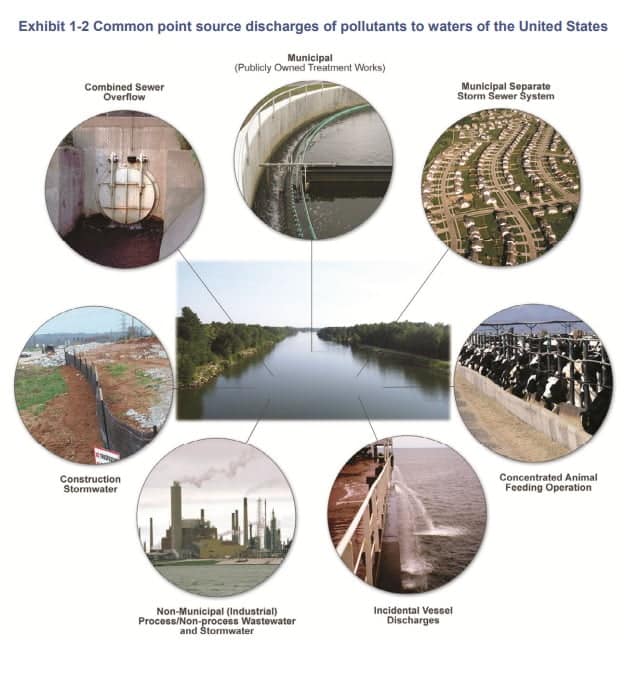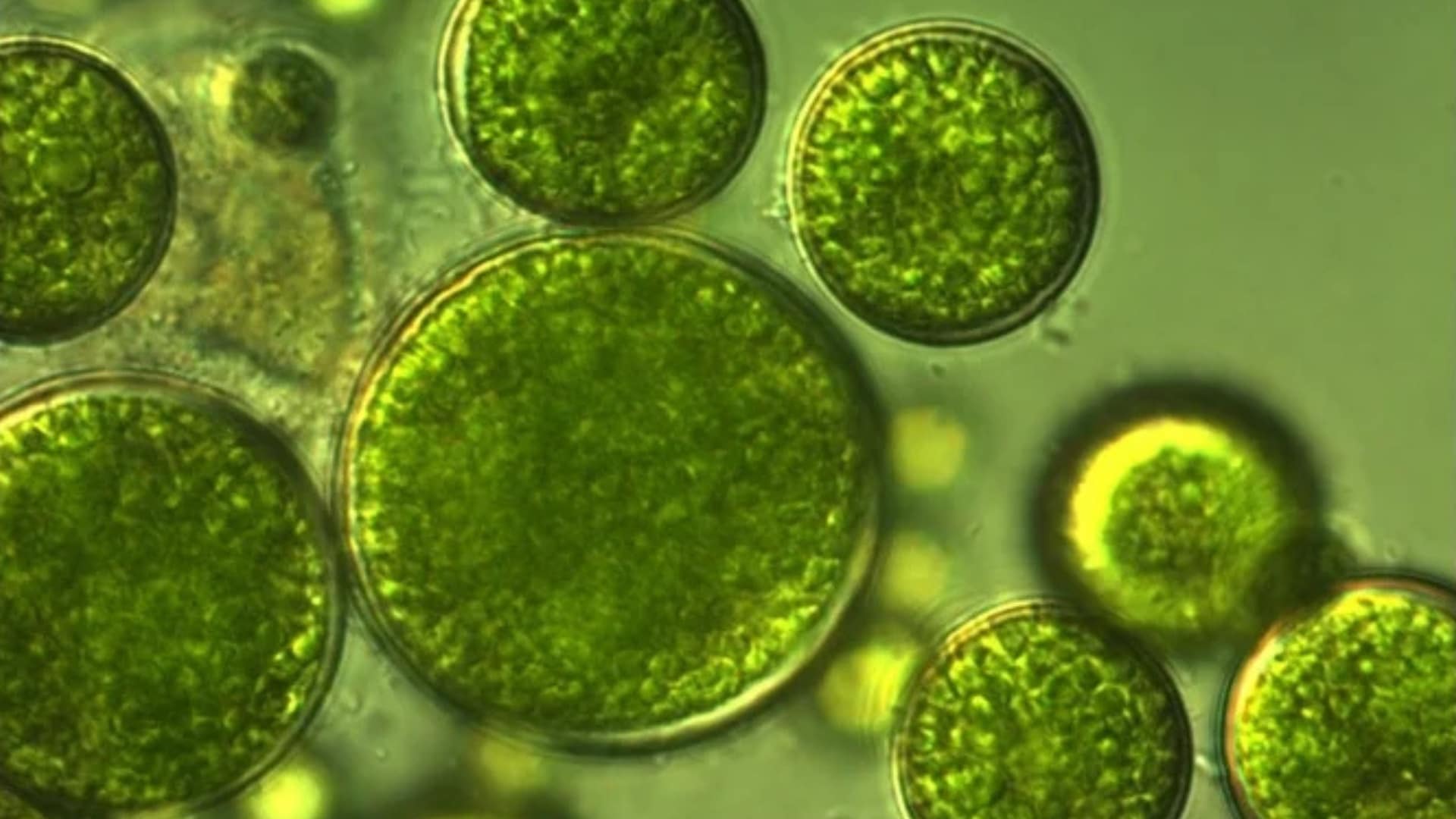Summary
- Emerging contaminants, such as algal blooms, PFAs, microplastics, pose significant risks to health and ecosystems, necessitating improved monitoring and regulation. Educational materials are crucial for understanding and managing these emerging contaminants.
- Real-time monitoring technologies and innovative water management strategies, including smart lake management and ultrasound treatment, are essential for effectively addressing the challenges of emerging pollutants.
Climate change is heightening water pollution, leading to more frequent harmful algal blooms that degrade water quality and increase treatment costs. This article discusses how to manage the emerging water pollution and the complexity of the regulatory landscape. The ongoing journey of managing emerging pollutants and contaminants requires continuous adaptation and learning.
Hence, managing emerging water pollutants is necessary. Under the right approach managing these contaminants should be funded by various initiatives which involves tackling and monitoring pollutants like PFAS, algal blooms, microplastics that bypass current regulations. These initiatives are intended to manage the goals of addressing emerging pollutants and contaminants effectively.
What Are The Emerging Water Contaminants?
Emerging contaminants are pollutants that have recently been detected in the environment and pose potential risks to human health and ecosystems. These include unregulated substances like:
- PFAS (per- and polyfluoroalkyl substances), which are synthetic chemicals widely used in various industrial applications and consumer products.
- Microplastics, which originate from larger plastic waste and are increasingly found in water sources.
- Pharmaceutical residues.
- Harmful algal blooms, which result from nutrient pollution and can release toxins that affect water quality and aquatic life.
Pharmaceutical residues enter water systems primarily from improper disposal, without approval. Similarly, wastewater treatment processes, and agricultural runoff are also major contributors. The growing concern over these contaminants is linked to their potential harmful effects on human health and the environment. For instance, contact with PFAS has been associated with various life threatening issues, including cancer and immune system disorders.
Identifying the water pollutants sources and pathways enables more effective management strategies. This involves developing monitoring and regulating these substances while educating the public and industries about their potential dangers of polluted lakes.
For more information on managing emerging contaminants, refer to local regulations and guidelines.
How Can The Pollution Source Be Removed?
Depending on the source (whether the pollution comes from a point source or a non-point source), there are several methods for eliminating pollution sources. Unfortunately, unless government rules are created to set limitations on air and wastewater emissions, industrial and agricultural pollution practices are typically not minimised. Both the amount of pollutants that can be released and the location and method of disposing of garbage are usually governed by the rules. Companies that surpass pollution limitations may face fines in certain nations. Various countries, including some Canadian provinces and the United States, allow companies to buy and sell pollution credits.

Different sources that pollute our water. Photo Credit: savethewater.org
Why Regulatory Landscape is Important for Emerging Pollutants
The regulatory landscape for emerging pollutants is complex. The Environmental Protection Agency (EPA) regulates over 90 contaminants in drinking water through established legal limits designed to safeguard public health. However, emerging contaminants often fall outside these regulations, challenging water utilities and regulators. The Safe Drinking Water Act permits states to set their own drinking water standards, provided they meet or exceed federal regulations. This flexibility can result in varied management of emerging contaminants across states. The Unregulated Contaminant Monitoring Program helps the EPA collect data on suspected contaminants lacking health-based standards, serving as a crucial tool for identifying and addressing new threats in the state.
The America’s Water Infrastructure Act requires community water systems to conduct risk assessments and emergency response plans every five years, preparing them to handle essential emerging contaminants in general. Additionally, amendments to the Emergency Planning and Community Right-to-Know Act mandate that community water systems ensure they receive information notifications about hazardous substance releases. These regulations and rules programs provide a framework for managing emerging pollutants, but they also highlight the need to continue continuous adaptation and investment in sustainable water treatment technologies. The allocation of funds for these technologies is essential for ensuring long-term water safety and sustainability.
Operator Certification and Education
Operator certification and education programs can expand knowledge and address the demand for qualified operators. Water operators must have the ability to manage complex water treatment and distribution systems effectively. The seating capacity of training facilities can significantly impact the number of operators that can receive certification and education, highlighting the need for adequate resources and funding to support these programs.
These programs focus on the latest technologies and techniques, such as wastewater treatment and reuse. Hence, ensuring that operators are equipped to handle the complex challenges of the water industry. While the cost of these programs can be significant, the benefits of having a well-trained and certified workforce is crucial. This can help optimize operations and reduce costs in the long run, making it a critical investment for water utilities. By focusing on providing operators with the knowledge and skills needed to succeed in their roles, these programs can help double the effectiveness of water utilities.
Real-Time Monitoring of Water Quality
Real-time monitoring of water quality is transforming how we manage emerging pollutants. Advanced systems, such as autonomous, solar-powered buoys equipped with real-time sensors, collect timely data. This continuously trigger immediate environmental responses. These buoys measure key parameters like pH, conductivity, and nutrient levels, offering critical insights that help improve water quality management.
With advanced wireless connectivity, these systems transmit water quality data in real time. Even when collecting data from remote locations, operators can respond quickly, adjust operations, and reduce waste, energy use, and chemical consumption. Their modular design allows operators to customize the systems by adding sensors to track specific water quality indicators. By reducing operational costs and waste, real-time monitoring helps organizations boost revenue and adopt more sustainable water management practices.
How Can We Improve Water Quality?
Smart water management enhances environmental outcomes, boosts safety and reduces costs. Traditional methods are no longer effective, therefore adopting smart management for water pollutants is necessary. Moreover, implementing these strategies can lead to more sustainable and efficient water resource management. This combination of real-time data and advanced analytics identifies emerging pollutants and models potential pollution events, ensuring compliance with safety standards and improving overall water quality.
Ultrasound Technology for Water Pollution
Ultrasound technology presents a nature-inspired solution for managing harmful algal blooms. Interactive algae control targets the gas vesicles in cyanobacteria, disrupting their buoyancy and potentially reducing bloom occurrences. This selective method affects only harmful cyanobacteria without harming other microorganisms, making it an eco-friendlier alternative to chemical treatments.
The effectiveness of interactive algae control depends on factors such as the ultrasound frequency and power density, which must be adjusted to target specific cyanobacterial species. By disrupting cyanobacteria buoyancy, ultrasound technology helps control their growth and prevent the release of toxins that degrade drinking water quality.
Real-world examples of ultrasound technology implementation have shown promising results. For instance, ultrasound emitters in buoy systems can target harmful cyanobacteria, leading to significant improvements in water quality and reducing the need for chemical treatments. This technology is safe, selective, and environmentally friendly for long-term use, offering a sustainable solution to managing harmful algal blooms. Additionally, there is a wealth of educational content available on the use of ultrasound technology for managing harmful algal blooms, enhancing learning opportunities for professionals in the water system operations sector.
How Does Ultrasound Technology Help Manage Harmful Algal Blooms?
The MPC-buoys show how smart technology can transform water management. In 2016, the Municipality and Rijnland Waterboard deployed five solar-powered units to monitor and control blue-green algae. By 2021, phycocyanin levels dropped by 90%, proving the effectiveness of ultrasound and real-time data. Studies in 2017 and 2021 confirmed no harm to zooplankton, ensuring ecological safety.
These results highlight the value of investing in technology, training, and support for water operators—essential for managing emerging pollutants. With climate change and new contaminants increasing risk, continuous learning, proactive planning, and real-time monitoring are vital. While solar buoys offer energy-efficient, long-term data collection, technical reliability must be addressed for consistent impact. Preparing for future challenges means equipping teams with both the tools and the knowledge to act swiftly and sustainably.
Summary
In summary, managing emerging pollutants and contaminants requires a approach. Climate change is exacerbating water pollution, making it essential to adopt innovative strategies like real-time monitoring, ultrasound technology, and smart lake management. These solutions offer sustainable and effective ways to enhance water quality and protect public health.
By learning from successful case studies and preparing for future challenges, we can build more resilient water management systems. Continuous learning and adaptation are crucial for staying ahead of emerging threats. Additionally, real-time monitoring can also lead to increased revenue by reducing waste and operational costs making it a sustainable practice to better water management.
